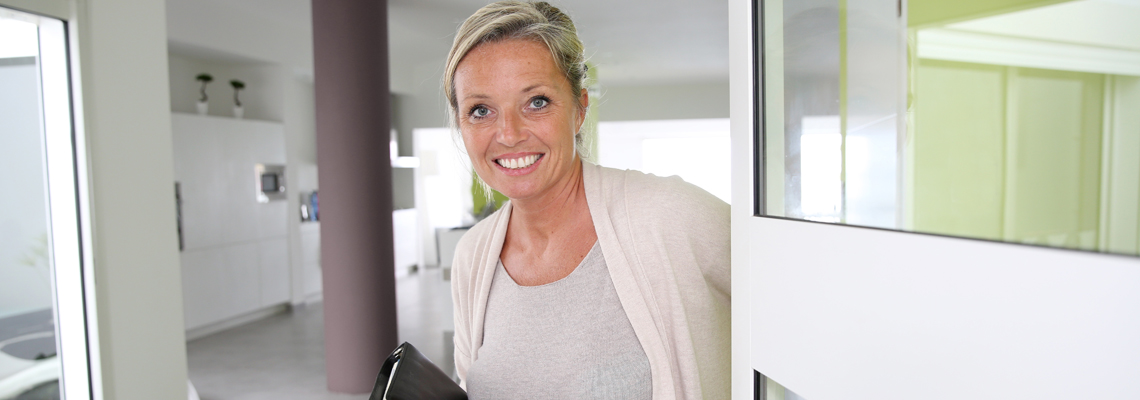
When searching for a property to rent in London the temptation can be to rush headlong into the very first property that fits your budget in the area in which youíre looking. However in doing so you can be doing yourself, and your bank balance a disservice. Instead be sure to register with a solid letting agent to be placed upon a database and become the first to know about properties that truly meet your needs.
When you do find a property of serious interest then that is the time for lightning fast actions. Be sure to contact the letting agent in question and place a holding deposit upon the property. This is the very first stage in securing the property and will allow you a little breathing room for a property viewing.
The majority of all good letting agents will ask for references from previous landlords that cover your last three years of rental history. As well as this you'll also be expected to provide your bank details, including bank name, account number and sort code, as well as your employment details.
The tenancy agreement will be the official documentation of the expectations that you have of your landlord, and conversely that your landlord has of you. It will set out each otherís rights and will include all of the rules of the property. Specifically this may include:
- The basic details of each party and the address of the property
- The starting date of the tenancy
- The tenancy duration
- The rent amount, the frequency of the rent and the details as to how this should be paid
- The additional payments to consider, such as Council tax, utilities and service charges, and to whom these may be paid
- The tenancy notice period required by both parties should the tenant wish to vacate the property, or should the landlord which to notify the tenant to vacate.
As aside from the tenancy contract youíll also want to pay particular attention to the property's inventory, as this could be the difference between receiving your security deposit back, and having it lost forever.
The inventory sets out every single item within the property, extending to include details upon fixtures and fitting that range from curtain rods through to carpets.
Once all has been signed and when each check has been made then itís time to move in. This will involve the picking up of keys and the official checking of the inventory (where any discrepancies should be raised there and then with the landlord or letting agent).
 |
 |
 |
 |
 |